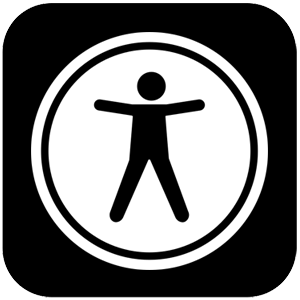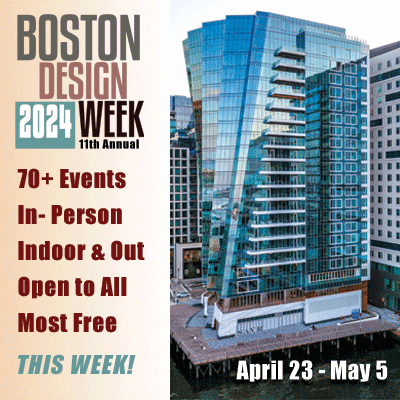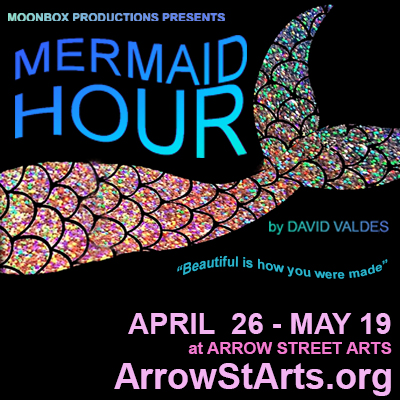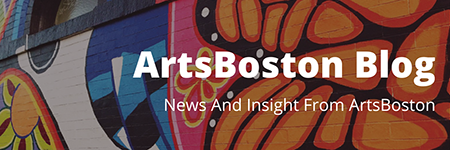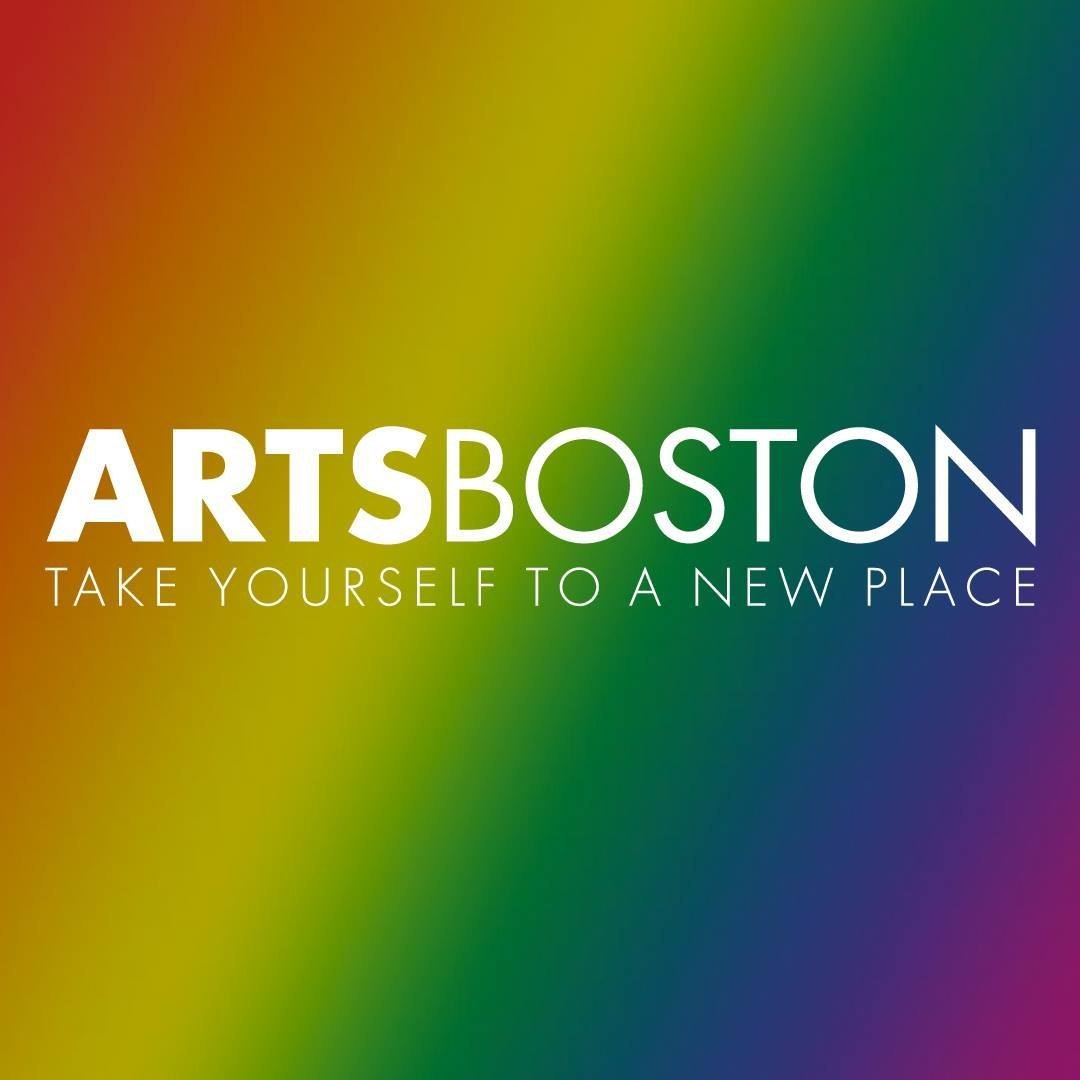Zines were made for times like this, for almost a year, creative people have mourned the cancelation of many events that brought together misfits, and counterculture communities. The folks that normally converge through open studios, gigs, parades, and zine festivals pivoted to build community across distance. Lots of communities bridged their distance by creating zines and correspondence art. Adopting low-fi methods like mailing photocopied drawings. Artists, music lovers, punks, took a ... view more »
Zines were made for times like this, for almost a year, creative people have mourned the cancelation of many events that brought together misfits, and counterculture communities. The folks that normally converge through open studios, gigs, parades, and zine festivals pivoted to build community across distance. Lots of communities bridged their distance by creating zines and correspondence art. Adopting low-fi methods like mailing photocopied drawings. Artists, music lovers, punks, took a renewed interest in the accessible, resourceful, and low-fi qualities of zines. People also became increasingly disenchanted by social media and its relation to mental health and mass media. New generations of folks were ushered into the punk tradition of DIY publishing. These people used the zine as a tool for healing and connectivity.
Abby Neale is an artist and educator based in Boston Massachusetts. She’s a teacher at Boston Public Schools and the Eliot School. She had a Masters in teaching, and BA in art. She creates zines, community arts, and installation as Lavender Menace Press.
In addition to Abby Neale, Christina Hasjoy, The Boston Compass, Flight or Visibility, Peter Landy, Tori Holder, Polina Protsenko, Mara Gervais, Emily Cobb, Katie Barry, Celen Chen, Luis Blackaller, Jennifer Turpin, Mandy Waryasz, and Neil Horsky.
View less


